How AI-Based Trend Analysis Turned Data into Innovation
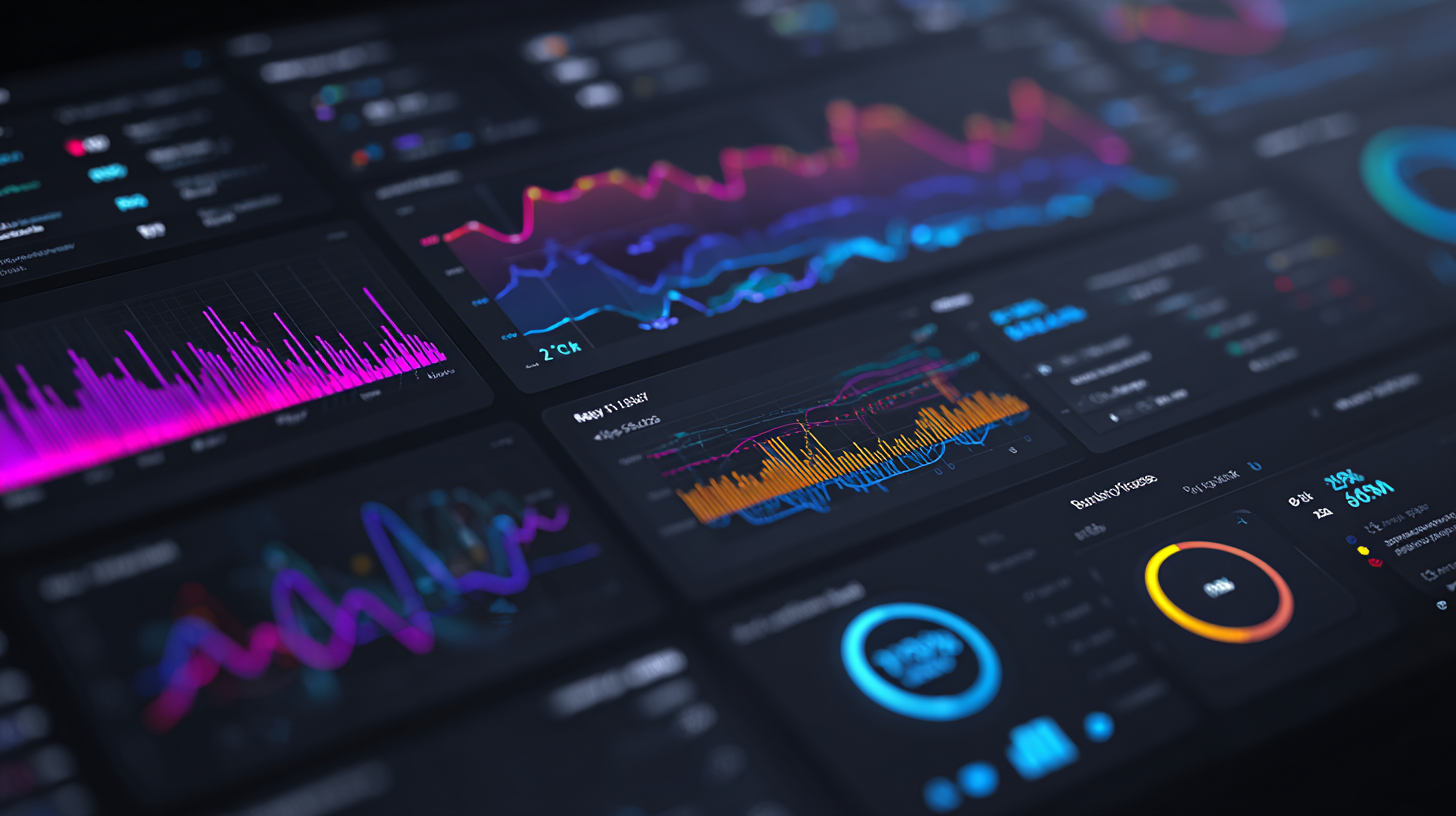
General Overview
-
Product development time was reduced by 35%.
-
First new product line generated €12 million in revenue within 6 months.
-
Decision-making cycles accelerated by 70%, thanks to bloo.automation’s automated workflow and collaboration features.
-
Customer satisfaction increased significantly, as the new products perfectly matched current lifestyle trends.
A Success Story from the Consumer Goods Industry
Challenge
For years, an international consumer goods company had relied on traditional market research to guide product innovation. However, this approach became increasingly ineffective. Product lifecycles were shrinking, customer preferences were shifting faster than ever, and innovation cycles couldn’t keep up.
The company’s R&D and marketing teams faced a pressing challenge: to identify emerging trends before competitors did and to turn these insights into successful products. Traditional surveys and focus groups were too slow and failed to capture real-time consumer sentiment.
The cost of inaction was high. Stagnant product portfolios, missed opportunities, and rising R&D costs threatened to erode the brand’s market share. The leadership team realized that only a data-driven, AI-powered approach could bring the agility they needed to stay ahead.
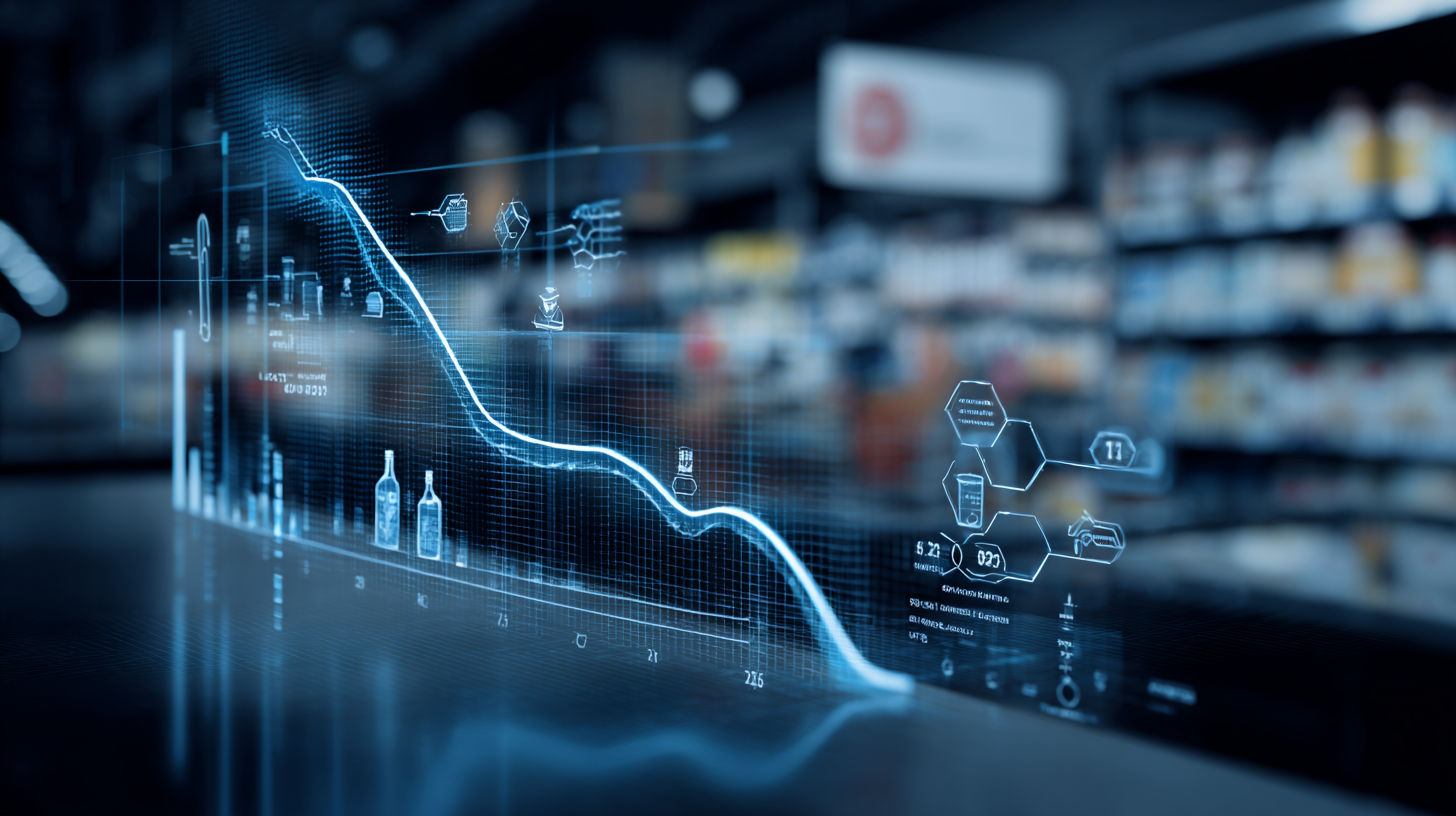
Note (Visual 1): Visual showing a declining product trend curve and shrinking innovation cycles.
Action
To tackle the challenge, the company implemented an advanced AI-driven trend analysis platform designed to analyze millions of data points from social media, online reviews, and search behavior in real time.
The real game-changer, however, was the integration of bloo.automation, a powerful automation and collaboration platform that connected the company’s marketing, R&D, and product development departments.
bloo.automation enabled seamless data flow, automated reporting, and streamlined communication — ensuring that insights from AI models were instantly available to decision-makers. Natural Language Processing (NLP) algorithms were used to detect emerging topics, keywords, and consumer emotions before they became mainstream.
A cross-functional team of 12 data scientists, 4 product managers, and 2 external consultants managed the six-month pilot project, with a budget of €450,000.
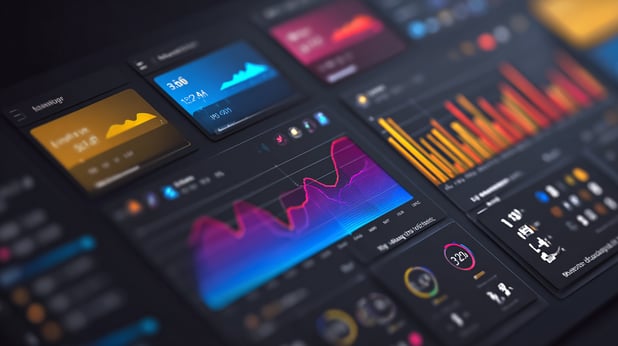
Note (Visual 2): Dashboard visualization showing real-time trend analysis and automation workflow powered by bloo.automation.
Result
Within just a few months, the AI-powered system identified three emerging microtrends that had previously gone unnoticed by traditional research. These insights led to the creation of a new product line that directly addressed evolving consumer preferences.
The outcomes were impressive:
-
Product development time was reduced by 35%.
-
First new product line generated €12 million in revenue within 6 months.
-
Decision-making cycles accelerated by 70%, thanks to bloo.automation’s automated workflow and collaboration features.
-
Customer satisfaction increased significantly, as the new products perfectly matched current lifestyle trends.
The integration of bloo.automation also transformed the company culture — moving from fragmented communication to a unified, innovation-driven workflow. Teams could now focus on creativity and strategy rather than repetitive manual coordination.
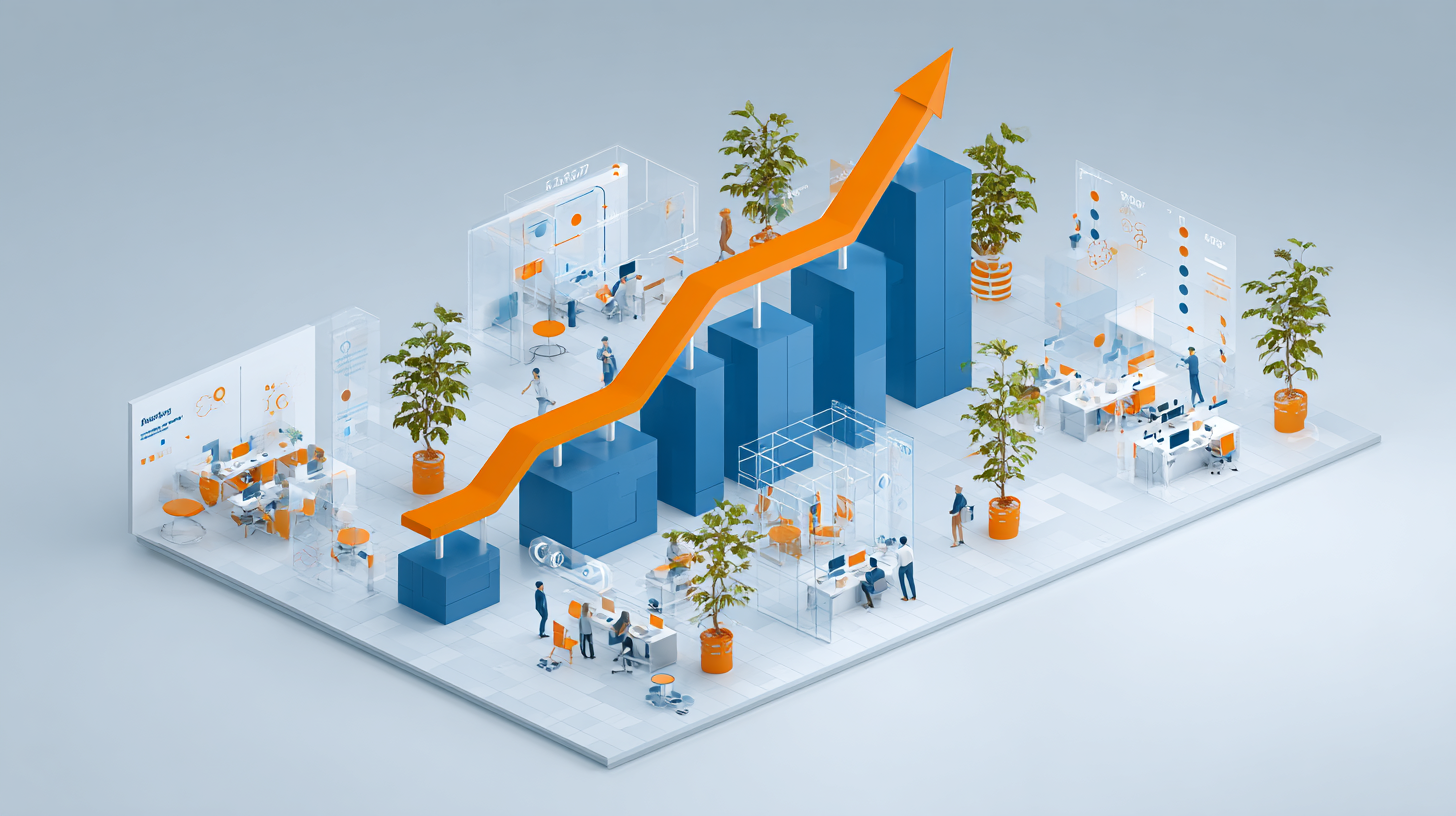
Note (Visual 3): Infographic illustrating revenue growth, faster innovation cycles, and efficiency gains through automation.
Perspective
Encouraged by these results, the company decided to expand the AI-based trend analysis and automation model to all its international subsidiaries.
The next phase includes integrating predictive AI algorithms to anticipate future consumer shifts and connecting them directly with bloo.automation workflows for automatic project initiation.
bloo.automation remains the backbone of this digital transformation — empowering teams to collaborate globally, automate complex decision processes, and scale innovation faster than ever.
By 2027, the company aims for at least 50% of all new product ideas to originate from AI-generated insights — positioning itself as a global leader in intelligent innovation.

Note (Visual 4): Global innovation roadmap centered around AI-driven insight generation and bloo.automation-enabled execution.
Used Technologies
-
LLM GPT 4o
-
Text to Speech and Speech to Text Converter
- bloola.ai platform
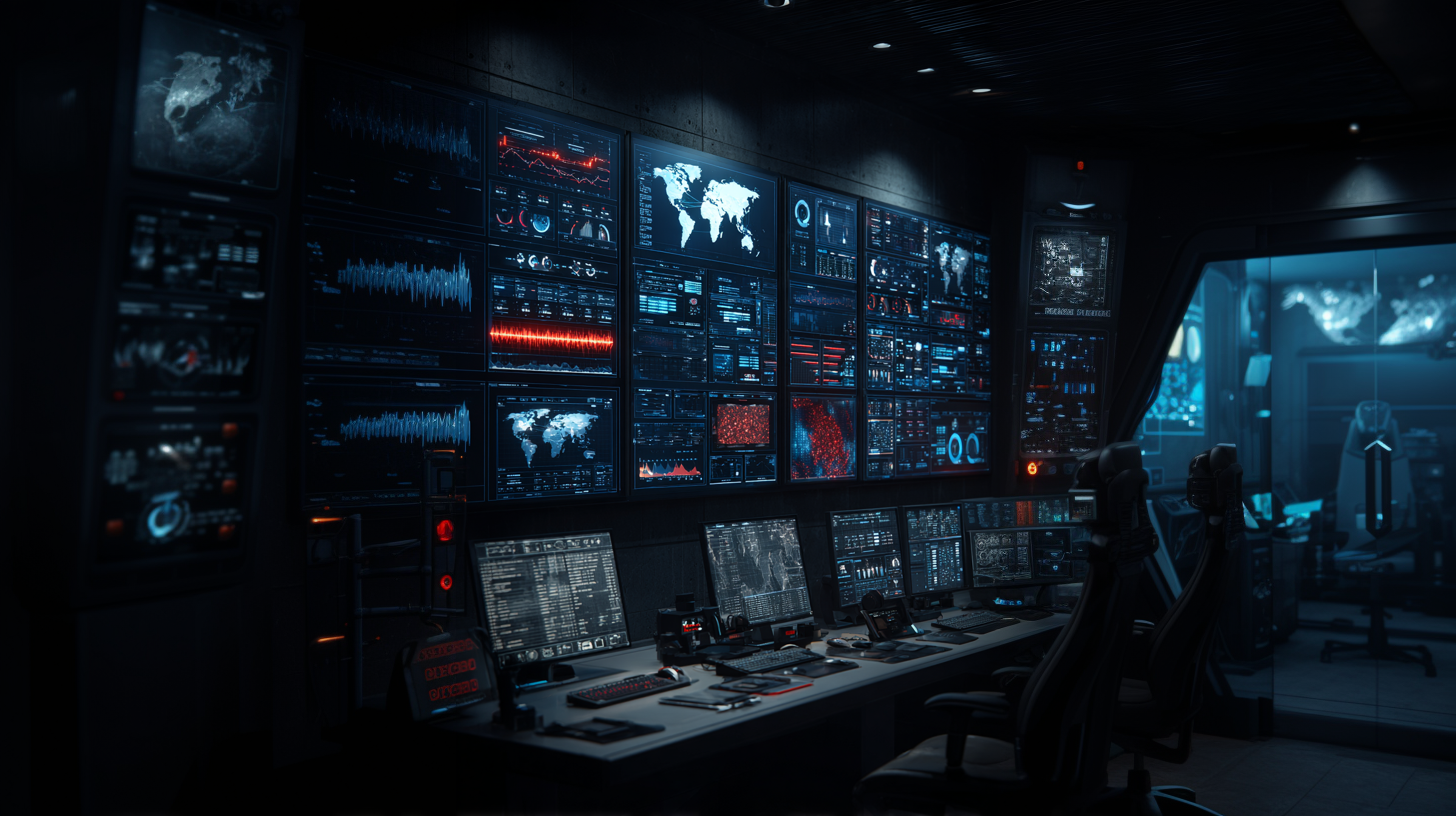
How many deals have you lost this year - without knowing why?
Identify acute customer needs, undiscovered industries and your competitors' next moves - systematically, AI-supported and before others do.
You May Also Like
These Related Stories
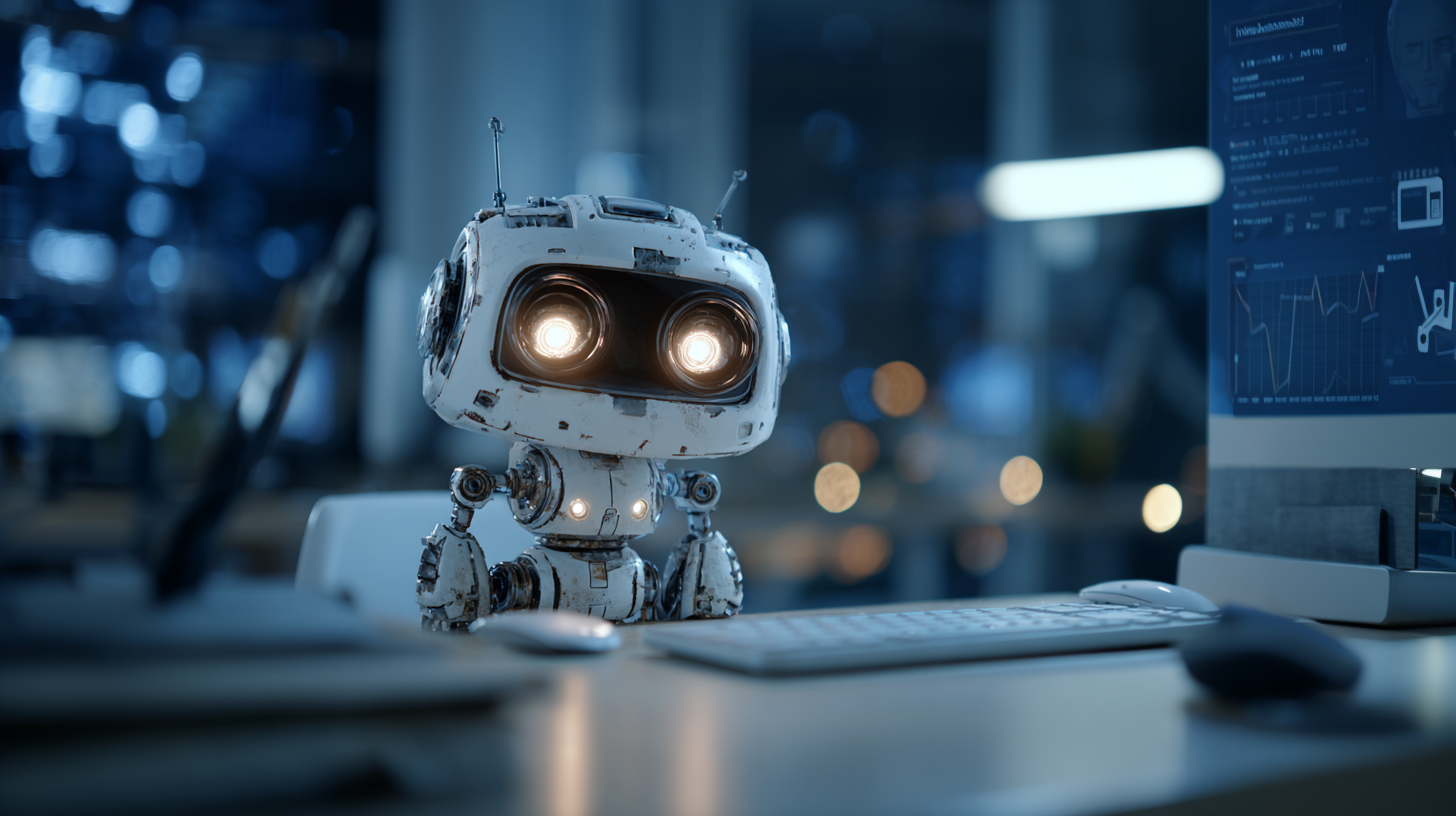
FAQ Bots on Websites - Automated Help Around the Clock
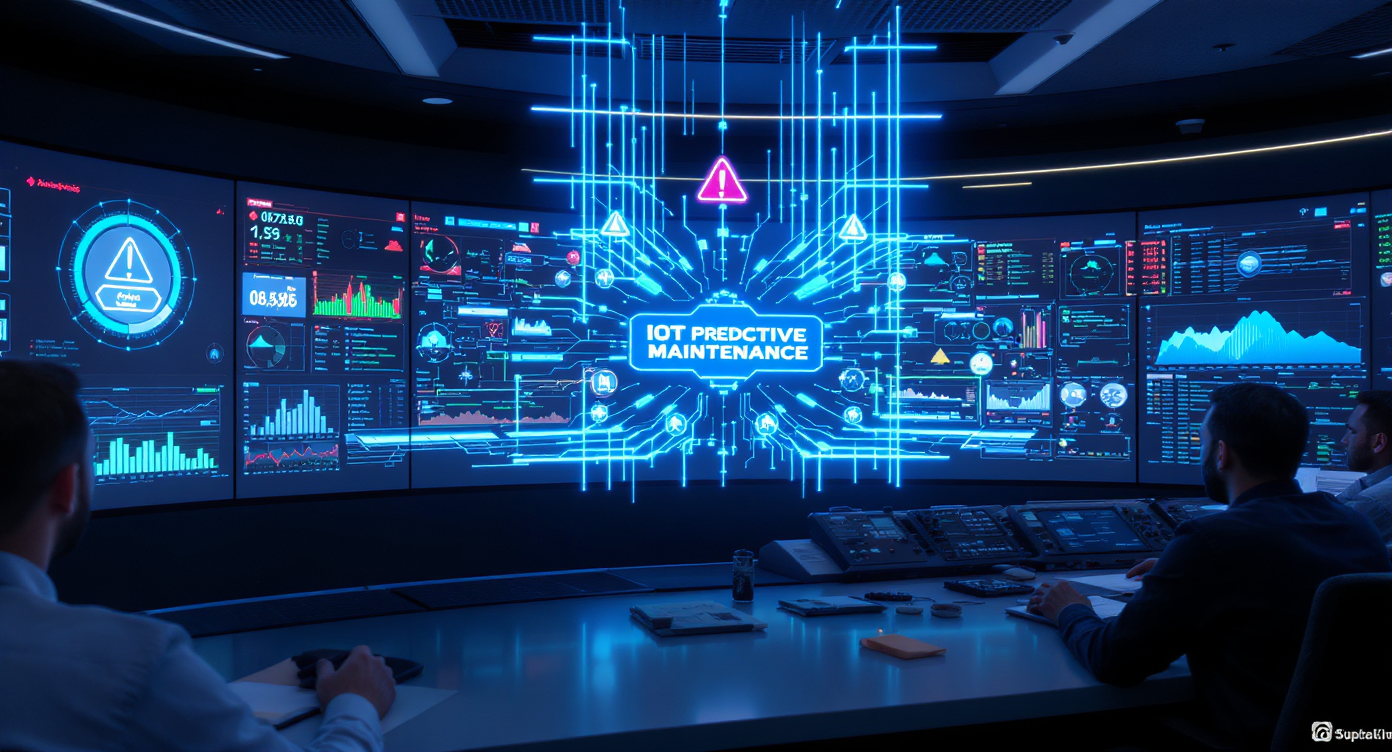
Automated IoT Support – Efficiency Boost through Middleware Integration



